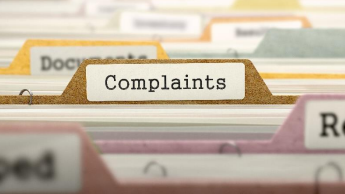It may seem counterintuitive that any school would want to encourage parents, students or general members of the public to lodge a complaint. For one thing, schools have enough on their plate. So, the idea of actively encouraging complaints, and then going through the process of responding to them, would surely just increase already excessive workloads and cause unnecessary headaches.
There are, however, at least two compelling reasons why schools across Australia should review their current complaints handling policies and procedures.
Firstly, every non-government school in Australia has clearly defined legal obligations to have complaints handling policies and procedures in place as a condition of their registration/accreditation. Additional legal obligations also arise from myriad ancillary legislative and regulatory obligations such as those relating to privacy, overseas students, boarding facilities, early childhood education and after-school care, as well as vocational education and training services. Larger, more complex schools could in fact find that the requirement for them to document and effectively implement complaints handling policies and procedures arises from five or six different pieces of legislation and regulations.
Secondly, in the age of social media where bad news can travel at great speed, effectively implementing complaints handling policies and procedures is critical for any school that is serious about protecting its reputation and providing high quality education outcomes.
This paper examines the legal framework for complaints handling in non-government schools, starting by testing the assertion that complaints handling in many Australian schools is managed poorly and highlighting the potential risks associated with this practice, as well as the benefits that schools can gain by introducing proper complaints handling procedures.
It then introduces the two complaints handling standards (International and Australian), ISO 10002:2018 and AS/NZS 10002:2014 (the Standards), as well as the National Office for Child Safety’s guide to child-focused complaints handling, that together provide the international and Australian best-practice benchmarks.
With reference to the Standards, the paper then highlights the inconsistencies among jurisdictions concerning schools’ legal obligations and concludes that it is a lack of regulatory direction that is partially to blame for the current state of affairs.


